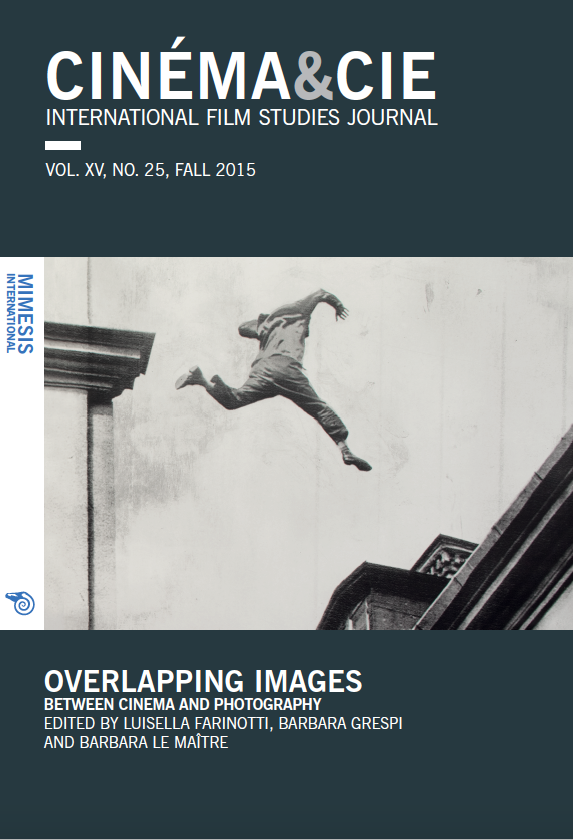Les Formes cinématographiques du discours photographique. Le cas de Men at Work, de Lewis Hine
Abstract
Lewis W. Hine’s series on the construction of the Empire State Building, published in 1932 in Men at Work, the photographer’s only book, offers a pioneering form of photographic enunciation within the history of the medium that is inspired by the cinematographic language. Compared with the evolution of photographic illustrated magazines during the 1920s, and the use of montage by the designer Stefan Lorant, Hine’s series appears to be the first to have employed cinematographic continuity to express an allegorical idea: the links between the pictures are like the links between the men at work. A brief detour via Ėjzenštejn theory of montage helps understand that just as each picture is a part of the whole series, each of the men is a part of the working class who built the highest skyscraper in the world.






